Elena Gerhardt sings Brahms
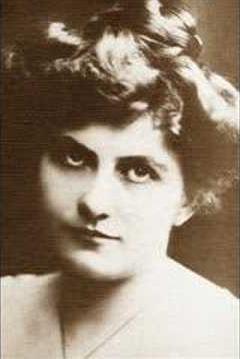
Elena Gerhardt in Leipzig, about 1900
Der Tod, das ist die kühle Nacht
Why does this song of Brahms’, from a poem by Heine, mean so much to me? Why has it meant so much for so many years? Even as I write, the song playing in the background grips my heart.
Most nineteenth century German Lied is about love–or unrequited love, or death. This song may be about all three. It’s hard at first to tell. It’s a triumph of suggestion, of atmosphere. Here’s the German text, followed by an English translation:
Der Tod das ist die kühle Nacht,
Das Leben ist der schwüle Tag.
Es dunkelt schon, mich schläfert,
Der Tag hat mich müde gemacht.
Über mein Bett erhebt sich ein Baum,
Drin singt die junge Nachtigall;
Sie singt von lauter Liebe,
Ich hör es sogar im Traum.
The translation:
Death is the cool night,
Life is the sultry day.
It grows dark, I’m sleepy,
The day has made me weary.
Above my bed a tree arches up,
In it sings the young nightingale.
It sings of love alone,
I hear it even in my dreams.
And now for the question: what exactly does the nightingale sing of? What is, ‘lauter Liebe’? What did it mean, in historic, cultural, poetic context, when Heine wrote the poem about 1825 and when Brahms set it to music one or two decades later? Did it mean, in English, ‘love alone’, or ‘only love’, or ‘sheer love’, or perhaps ‘pure love’?
What did it mean to Elena Gerhardt, the singer whose performance is available below?
Gerhardt was born in 1883 near Leipzig; Brahms died in 1897 in Vienna. Gerhardt gave her first Lieder recital in 1902 at the age of twenty and was an instant success.
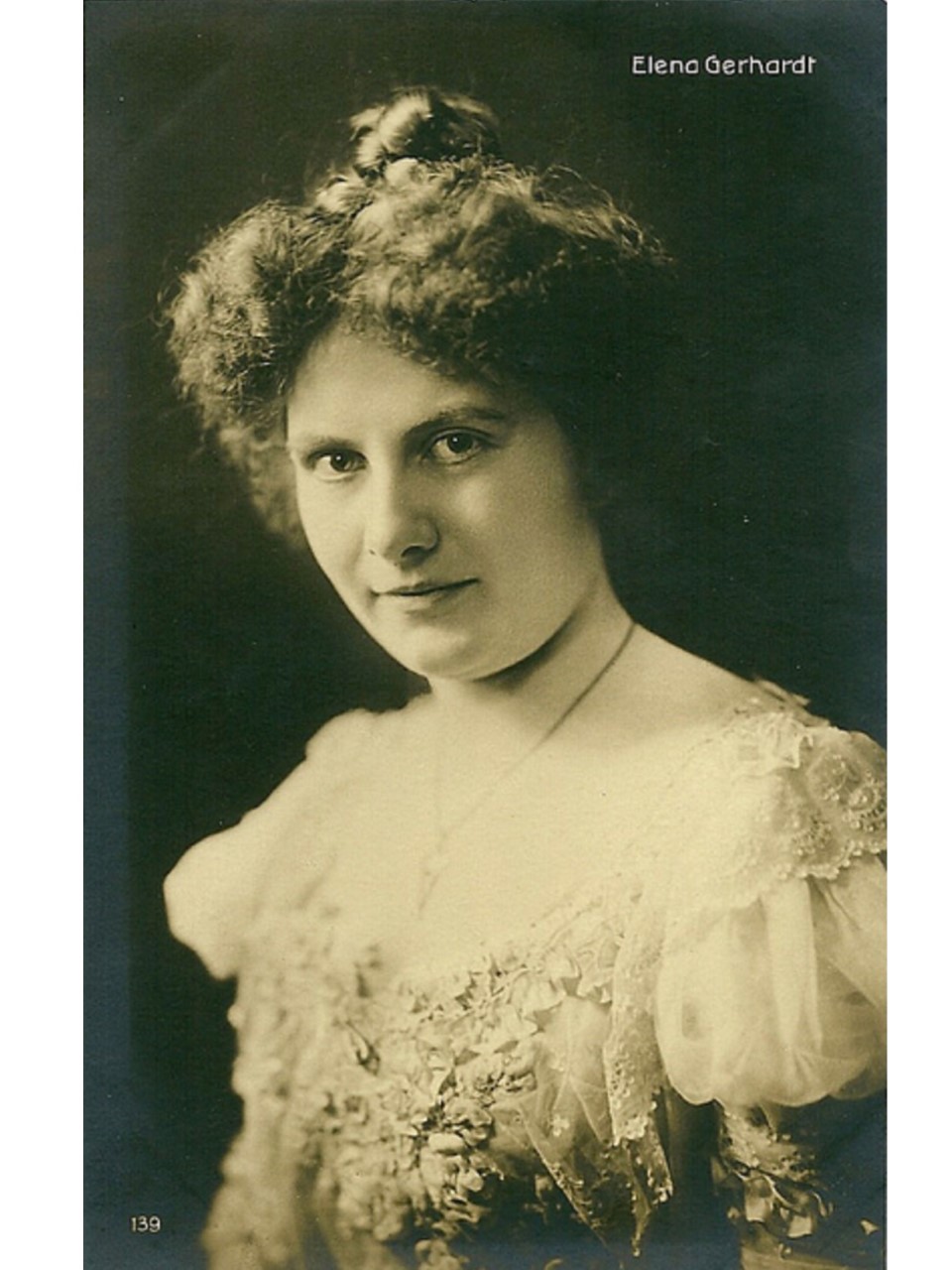 For the next 32 years she was on an almost constant world concert tour. “Wer machte dich so krank” and “Alte Laute” were recorded in Berlin on September 24, 1929. She was accompanied by Coenraad V. Bos on the piano.
For the next 32 years she was on an almost constant world concert tour. “Wer machte dich so krank” and “Alte Laute” were recorded in Berlin on September 24, 1929. She was accompanied by Coenraad V. Bos on the piano.
Audio clip: Adobe Flash Player (version 9 or above) is required to play this audio clip. Download the latest version here. You also need to have JavaScript enabled in your browser.
She married as she turned 49 and she and her husband settled in London a few years before the Second World War.
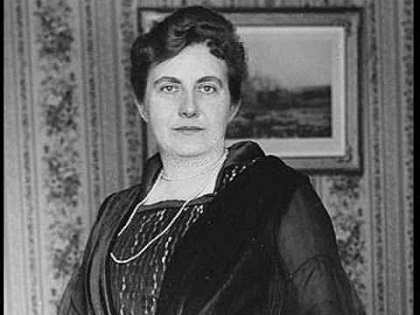
In 1939, a few days shy of 56 years old, she recorded the song in London at the Abbey Road studio no. 3, with Gerald Moore accompanying her on the piano. It was among a set of six 10″ records, privately published under the HMV White Label. It was not a great moment in the English-speaking world for German Lieder, and I don’t think more than two or three hundred sets were published. In 1984 Keith Hardwick transferred the recording to tape and thence to LP as part of HMV’s massive, six-disc ‘Lieder on Record’ compilation. It’s been out-of-print for years, and is now almost unobtainable.
Electrical recording in 1939 was done straight to wax disc; there was no editing involved. We hear today, as a live recording, what they played and sung in studio no. 3, on 20 October ’39. How sensitive is Moore’s accompaniment, how clear Gerhardt’s diction, how profoundly moving her interpretation.
(There are a few loud pops–surface noise–during the first phrase of the third line of stanza one. They do not continue.)
Audio clip: Adobe Flash Player (version 9 or above) is required to play this audio clip. Download the latest version here. You also need to have JavaScript enabled in your browser.
“Therese” and “Der Tod”
Audio clip: Adobe Flash Player (version 9 or above) is required to play this audio clip. Download the latest version here. You also need to have JavaScript enabled in your browser.
“Der Tod, das ist die kühle Nacht”
For a first-class recent performance, see: Graciela Alperyn

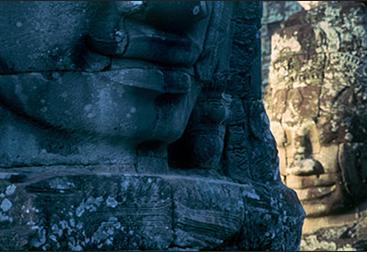
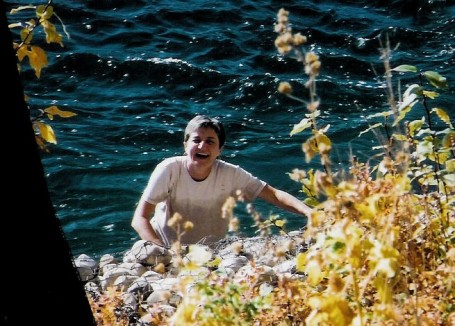
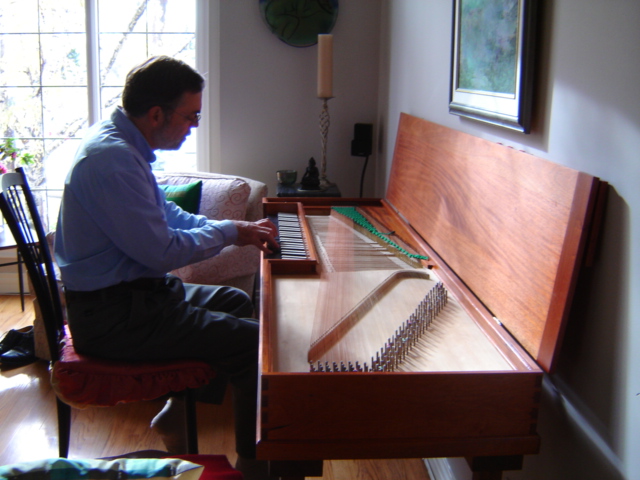
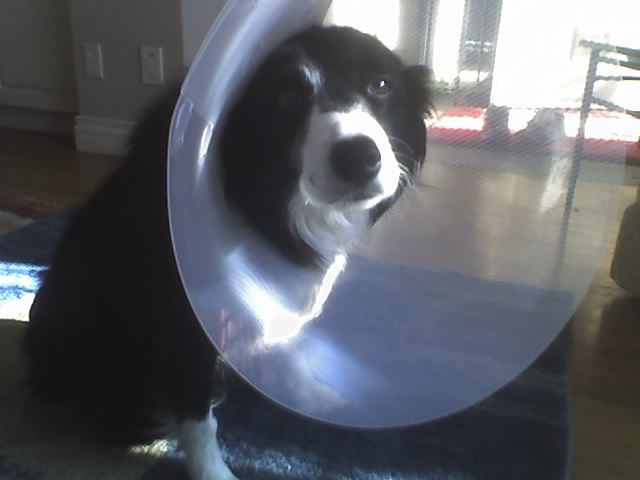
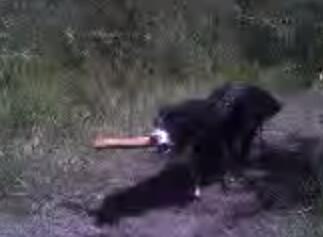

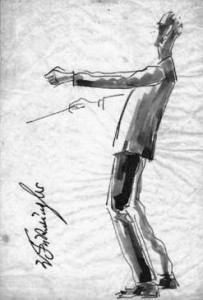

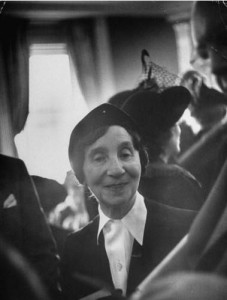
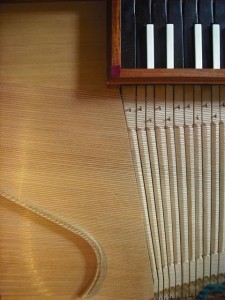
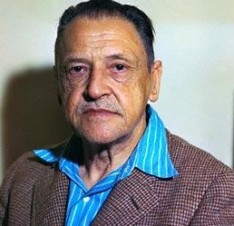
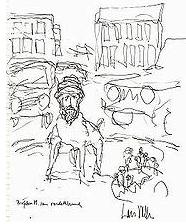
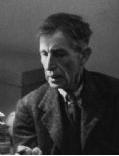

Beautiful *claps*
no, more than that…
I need adjectives